At ICE Bioscience, we offer cutting-edge services designed to empower researchers in the field of cell signaling and drug discovery. Our advanced assays provide critical insights into protein dynamics, including expression levels and post-translational modifications such as phosphorylation and methylation. Leveraging state-of-the-art techniques, our services enable precise quantification and visualization of proteins, facilitating a deeper understanding of cellular mechanisms and their implications in disease and therapeutic development.
Comprehensive Detection Methods: Utilize a variety of advanced techniques, including Western blotting, fluorescent Western blotting, digital Western blotting (Jess), flow cytometry, immunofluorescence assay (IFA), ELISA, HTRF, and AlphaLISA, to accurately quantify protein levels and post-translational modifications.
Multiplexing Capabilities: Our fluorescent and digital WB methods, along with HTRF and AlphaLISA, enable simultaneous detection of multiple proteins, providing a deeper understanding of signaling pathways and cellular responses.
High Sensitivity and Specificity: All assays are designed to deliver reliable and reproducible results, ensuring accurate measurement of even low-abundance proteins.
Customizable Solutions: We offer tailored assay development to meet the specific needs of your research projects, whether for basic science studies or applied drug discovery.
| Method | Description | Applications | Advantages | Sample |
|---|---|---|---|---|
| Classic WB | Western blotting involves separating proteins by SDS-PAGE, transferring them to a membrane, and detecting specific proteins using antibodies. | Identifies changes in protein expression and modification. | High specificity and sensitivity. | 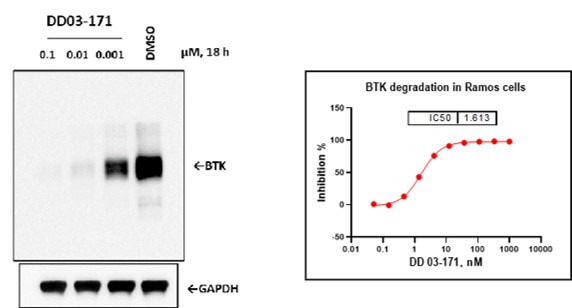 |
| Fluorescent WB | Similar to classic WB, but uses fluorescently labeled antibodies for detection, allowing for multiplexing and quantitative analysis. | Enables multiplexing of proteins; useful in pathway analysis. | High sensitivity; quantitative data. | 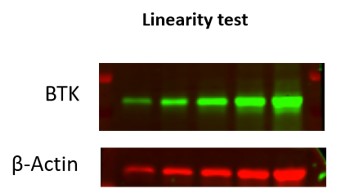 |
| Digital WB (Jess) | An automated platform that quantifies proteins using capillary electrophoresis and immunodetection, allowing for high-throughput analysis. | Rapid analysis of multiple samples; suitable for drug response studies. | High throughput; low sample volume required. | 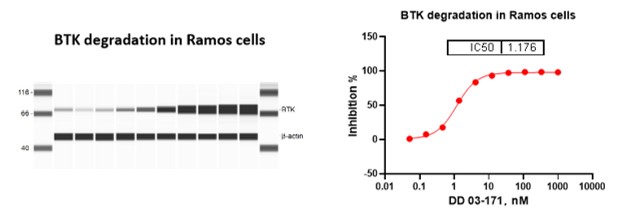 |
| ICW | Intracellular staining uses fluorescent antibodies to visualize the localization of proteins within cells, revealing their distribution in response to stimuli. | Visualizes protein distribution in response to drug treatment. | Provides spatial context of protein activity. | 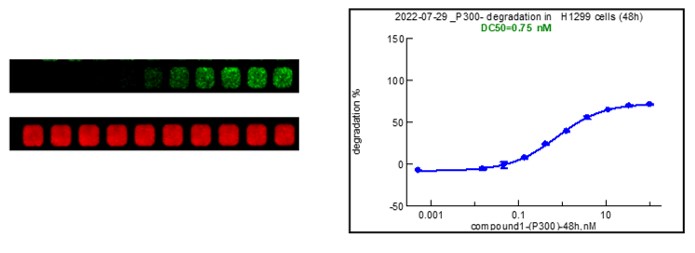 |
| Dot Blot | A simplified version of Western blotting where samples are directly spotted onto a membrane, allowing for quick detection of proteins without separation. | Quick screening for protein expression; initial drug screening. | Fast and easy to perform. | 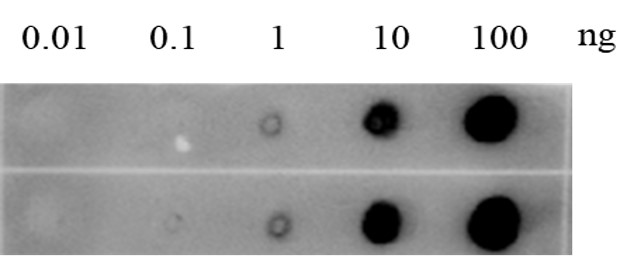 |
| Co-IP | Co-immunoprecipitation involves using antibodies to isolate protein complexes, allowing the study of protein-protein interactions within signaling pathways. | Studies protein-protein interactions in signaling pathways. | Useful for understanding complex networks. | 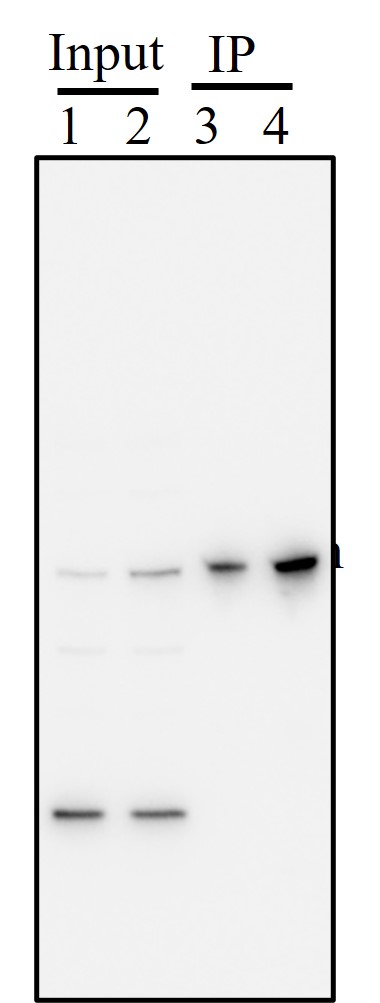 |
| Flow Cytometry | A technique used to measure the physical and chemical characteristics of cells or particles as they flow in a fluid stream through a beam of light. | Analyzes protein expression and cell signaling pathways in single cells. | High throughput; can analyze multiple parameters simultaneously. | 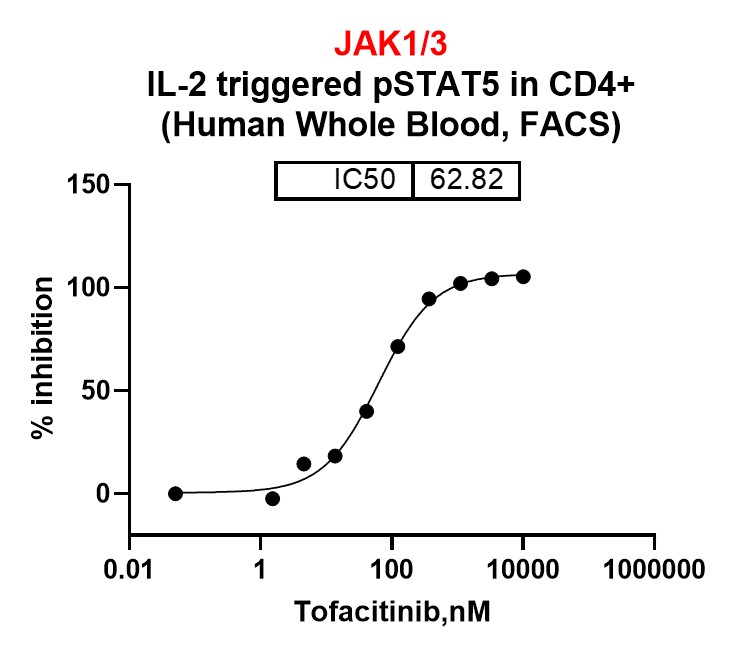 |
| IFA | Immunofluorescence assay uses antibodies tagged with fluorescent dyes to visualize the presence and location of proteins in cells or tissues. | Useful for studying protein localization and interactions in cell signaling. | Provides spatial and temporal resolution of protein expression. |  |
| ELISA | Enzyme-linked immunosorbent assay is a plate-based assay technique designed for detecting and quantifying proteins, peptides, antibodies, and hormones. | Commonly used for measuring cytokines and growth factors in drug discovery. | Highly sensitive and specific; suitable for large sample sizes. | 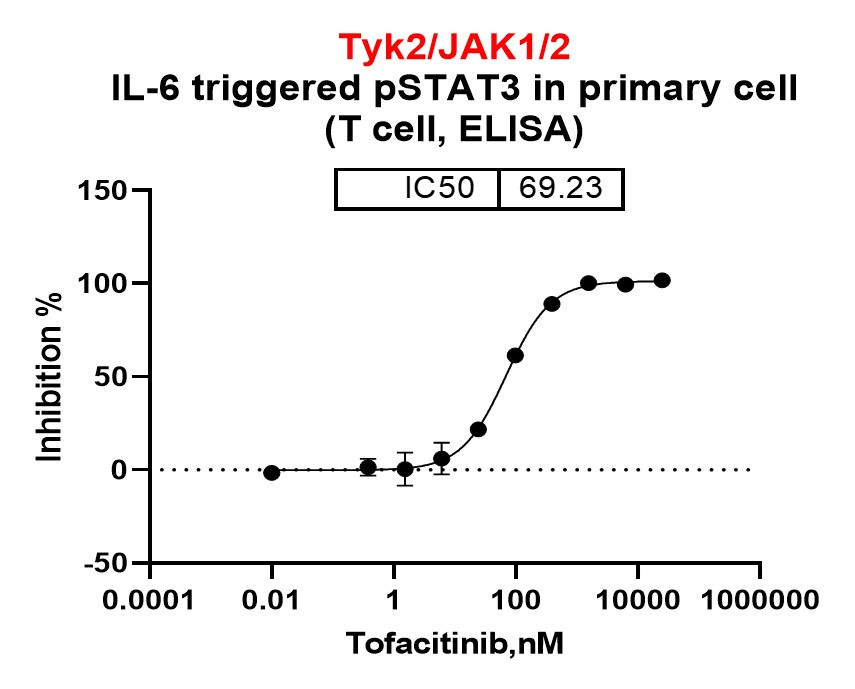 |
| HTRF | Homogeneous Time-Resolved Fluorescence is a detection technology based on the principle of FRET (Fluorescence Resonance Energy Transfer) for quantifying biomolecular interactions. | Ideal for studying receptor-ligand interactions and signaling pathways. | High sensitivity; low sample volume required. |  |
| AlphaLISA | AlphaLISA is a no-wash assay that uses energy transfer between donor and acceptor beads to quantify biomolecular interactions, typically in homogeneous solutions. | Used for measuring protein-protein interactions and drug target engagement. | Fast and simple protocol; suitable for high-throughput screening. | 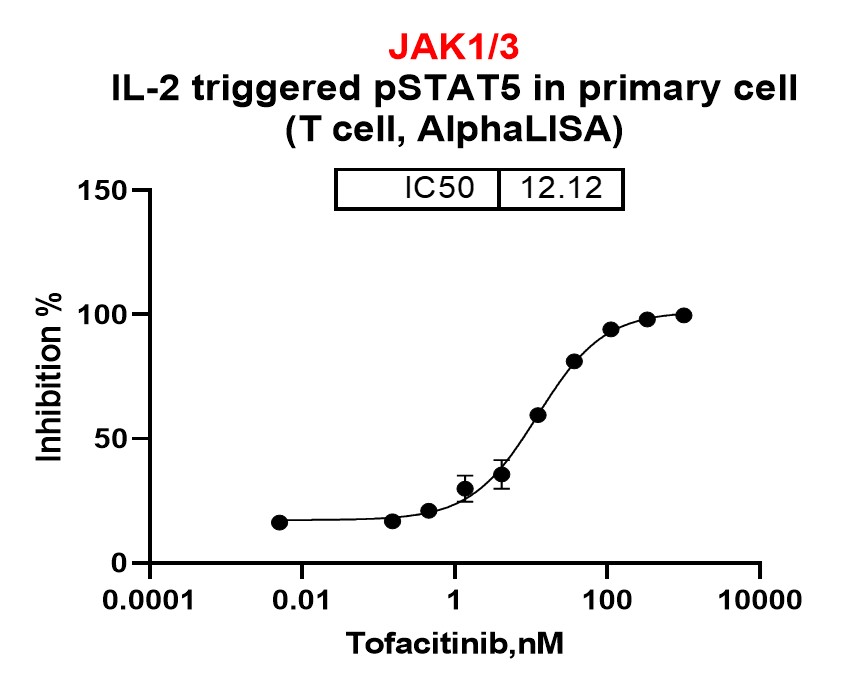 |
We value your inquiries and are here to provide you with tailored solutions for your drug discovery and development needs. Whether you have questions, require more information, or are interested in discussing potential collaborations, our team of experts is just a message away.
Feel free to reach out to us.